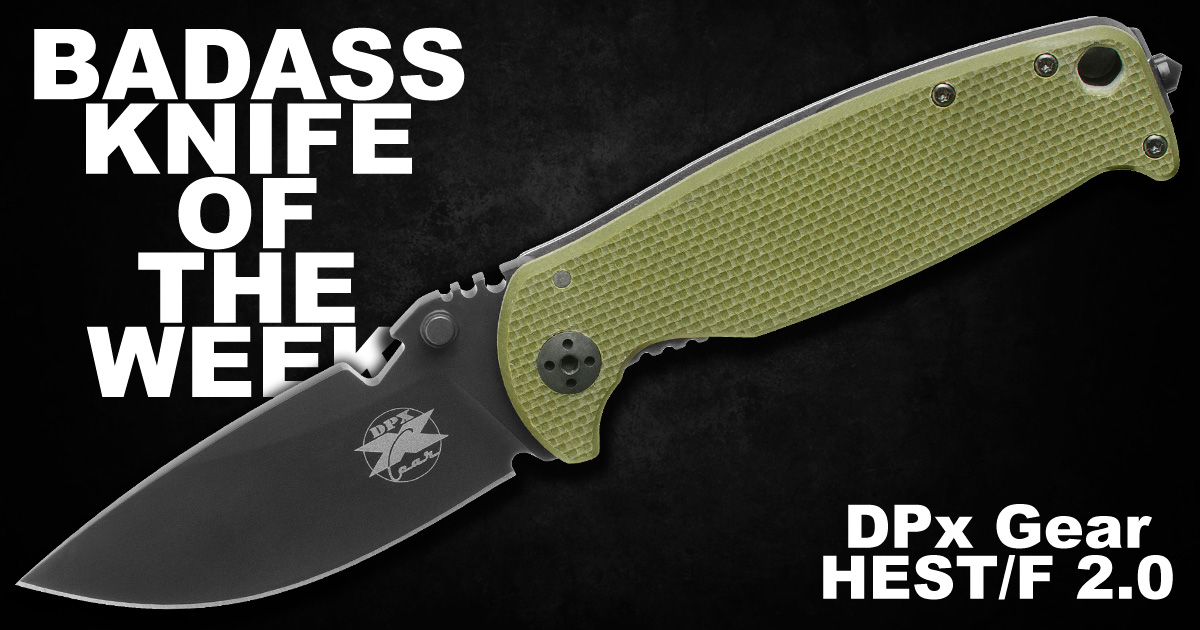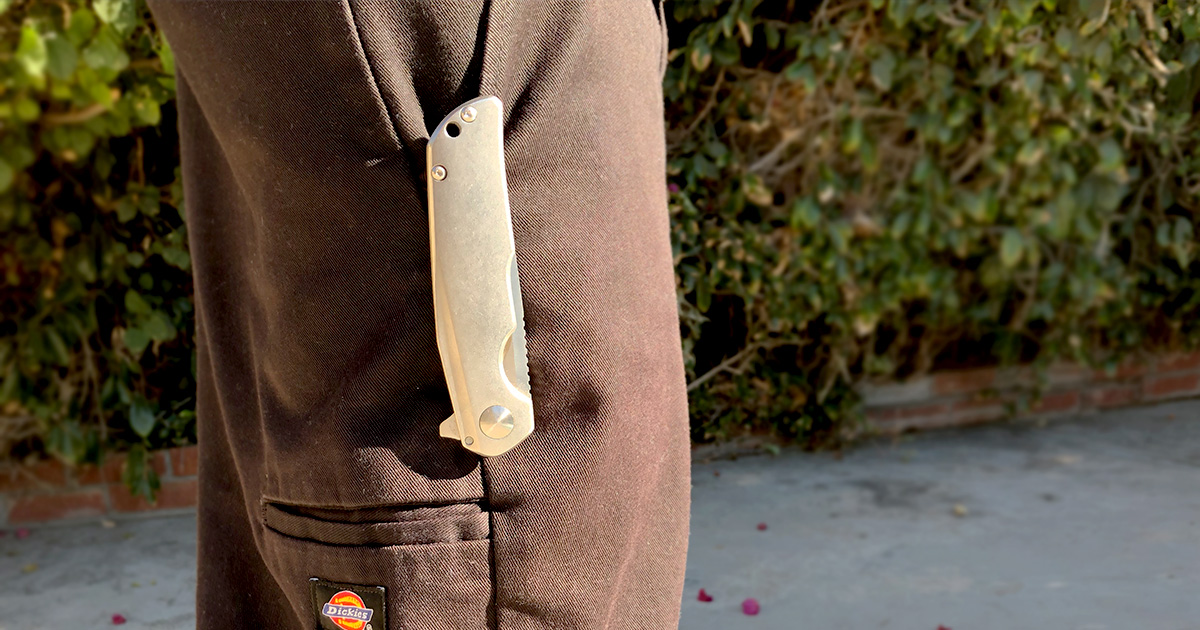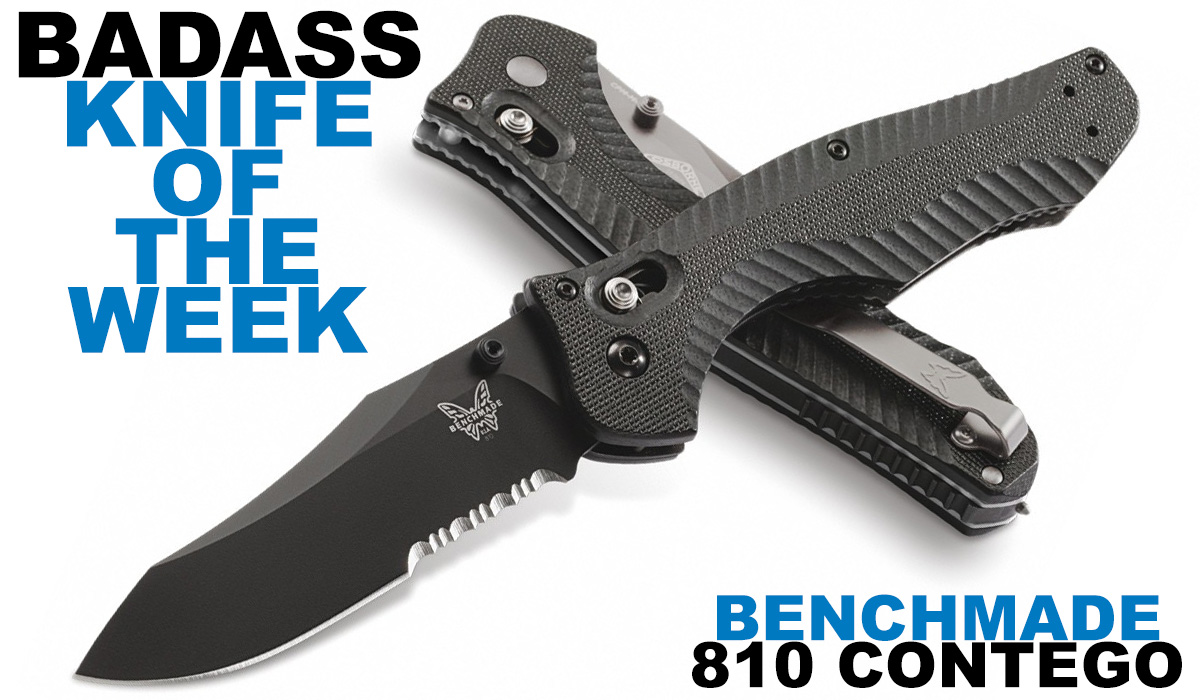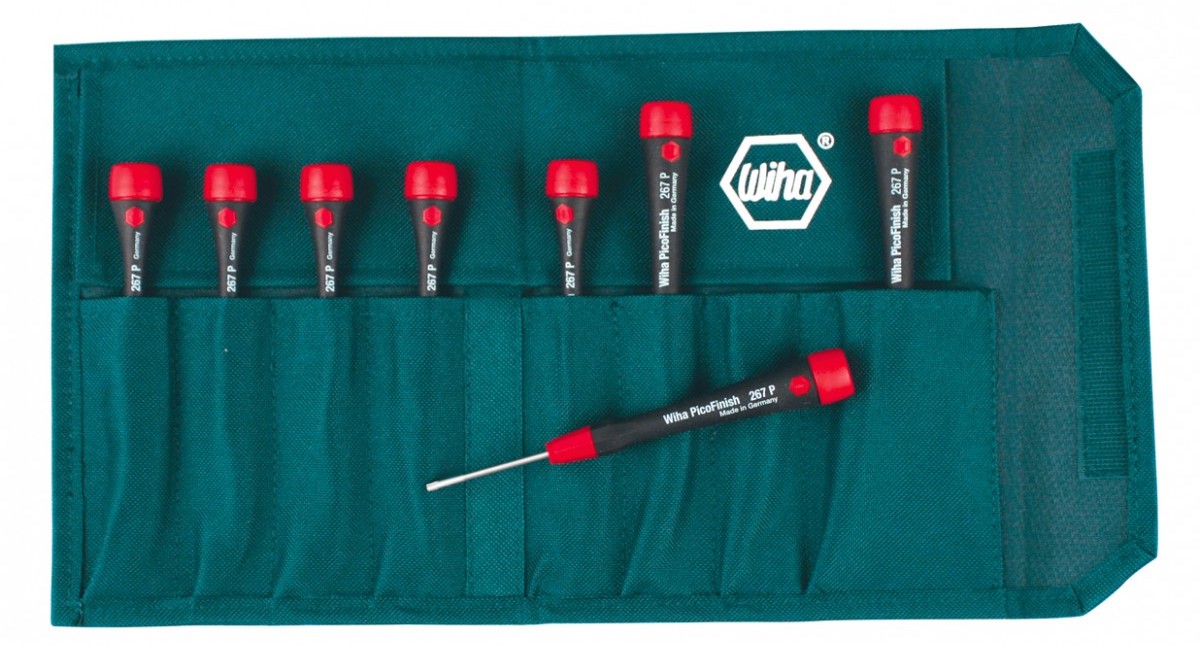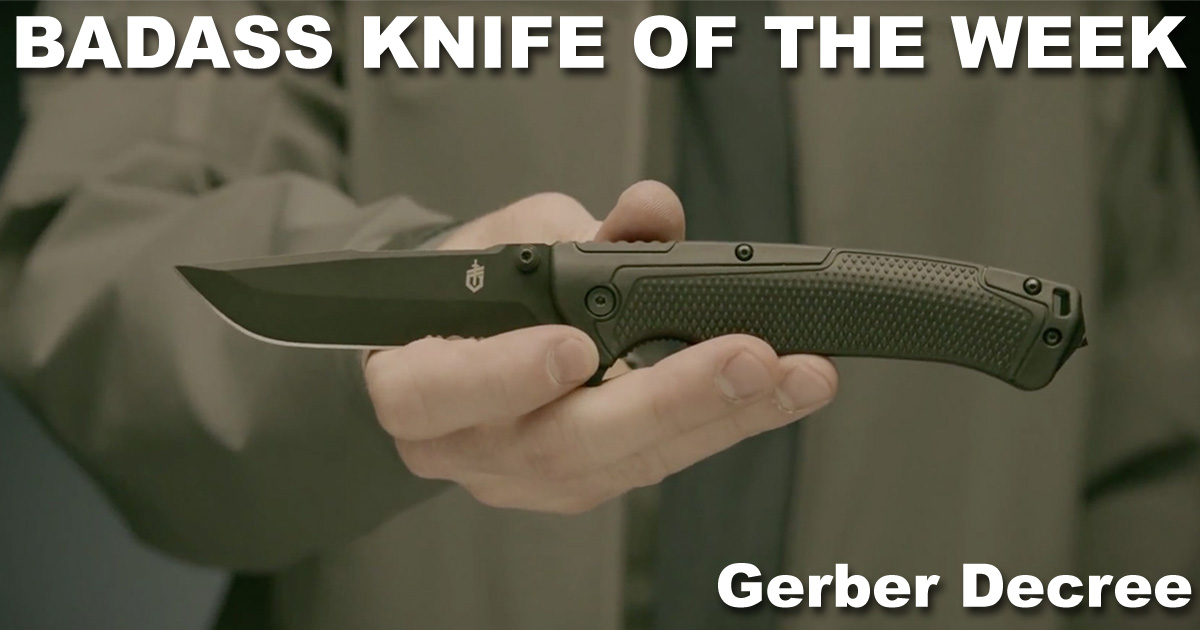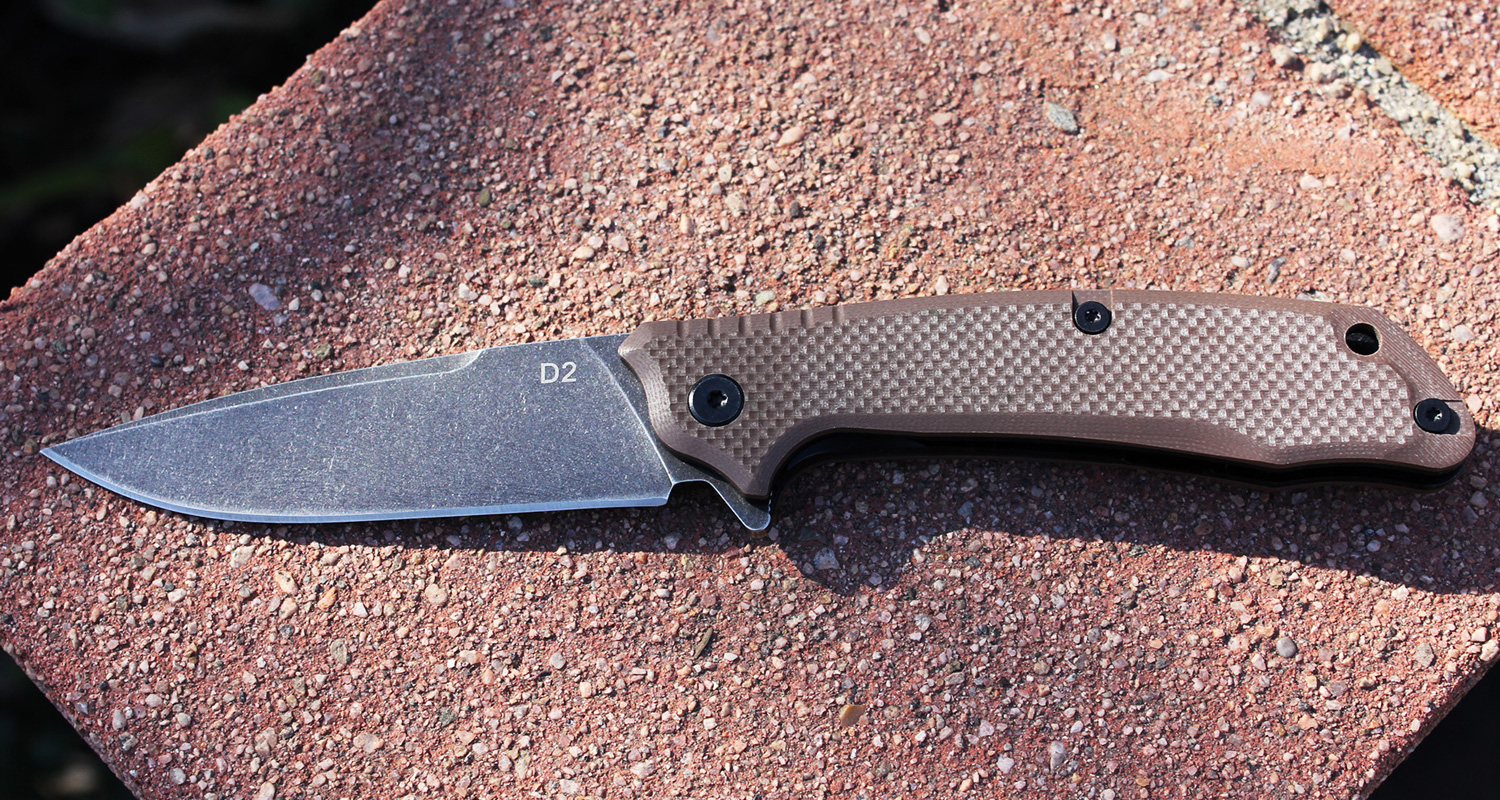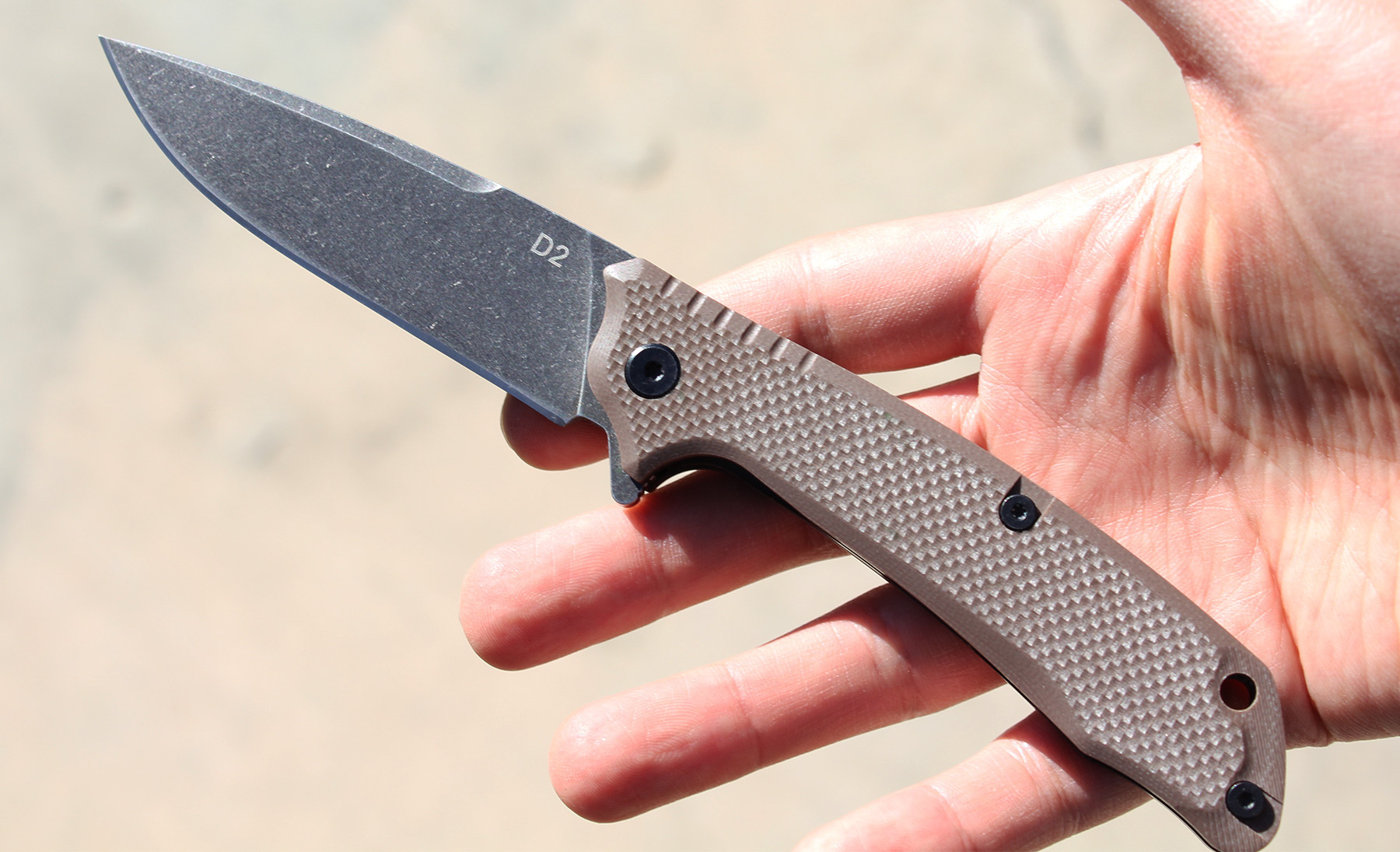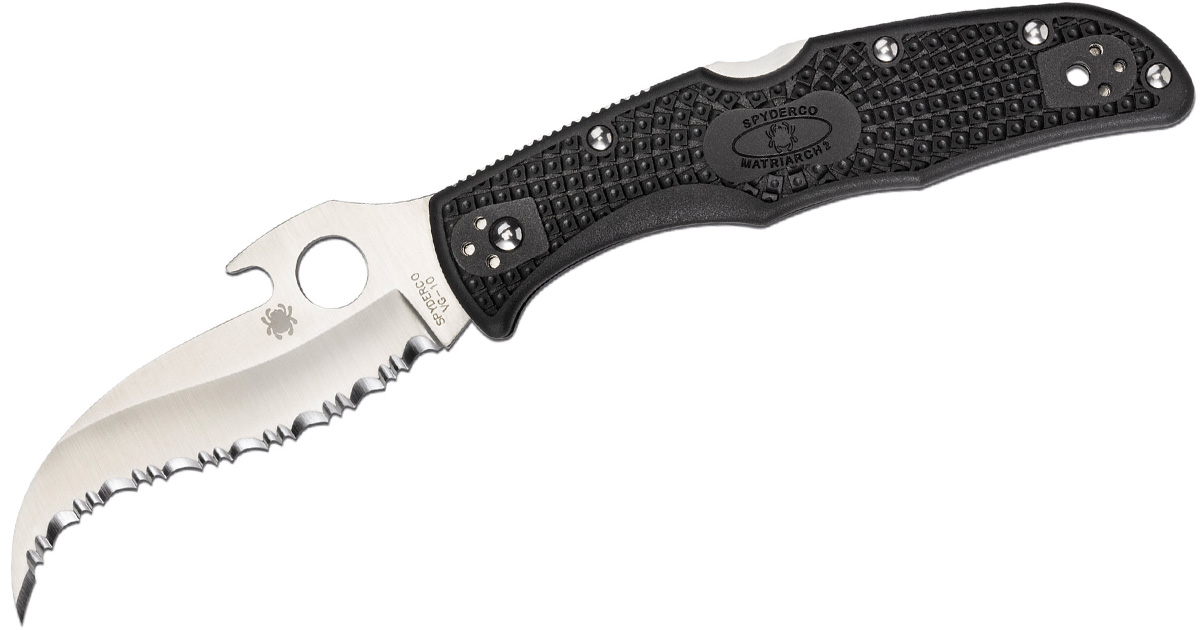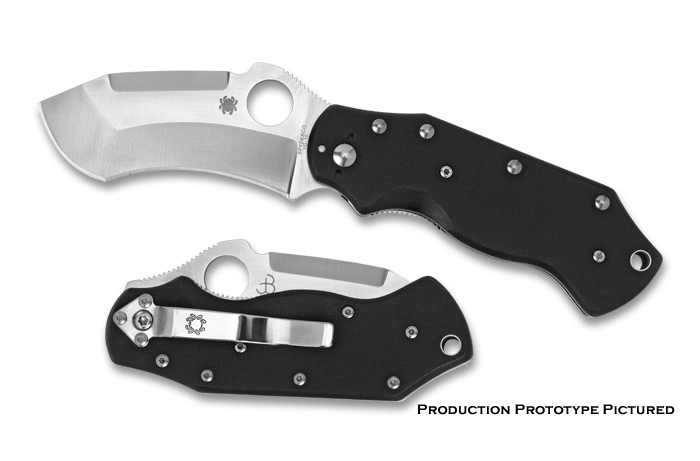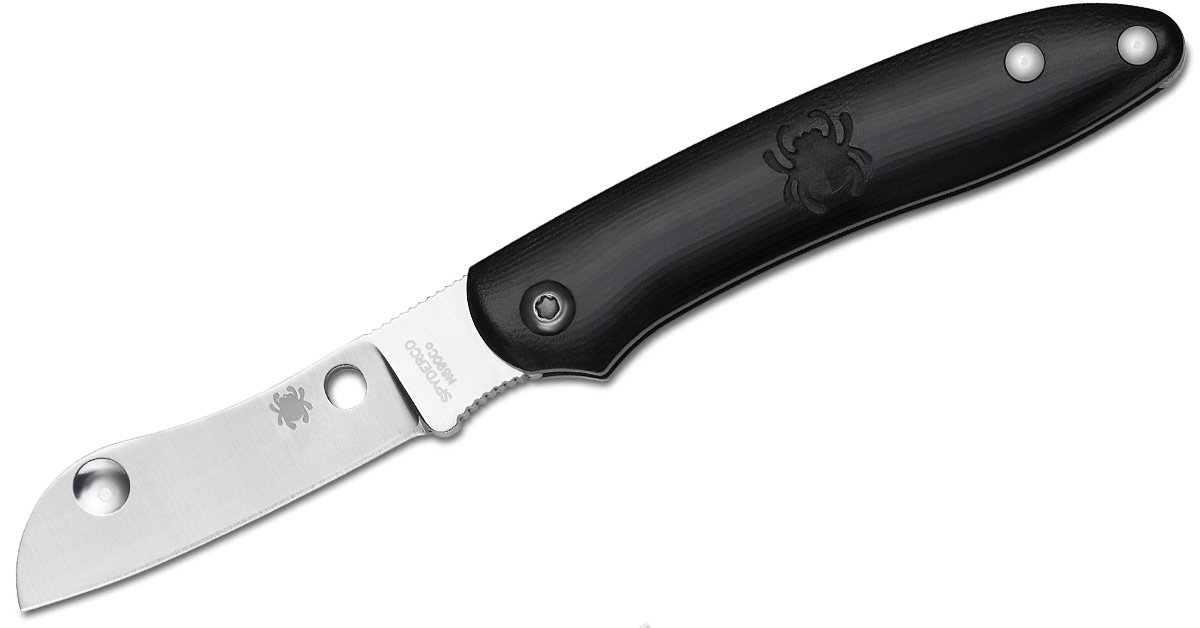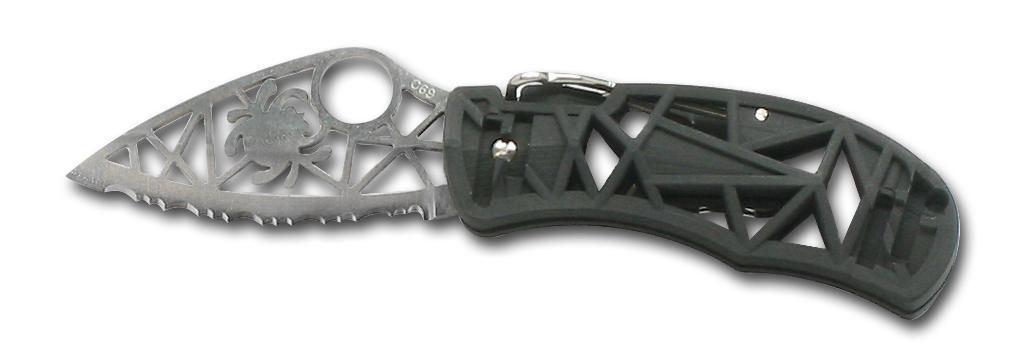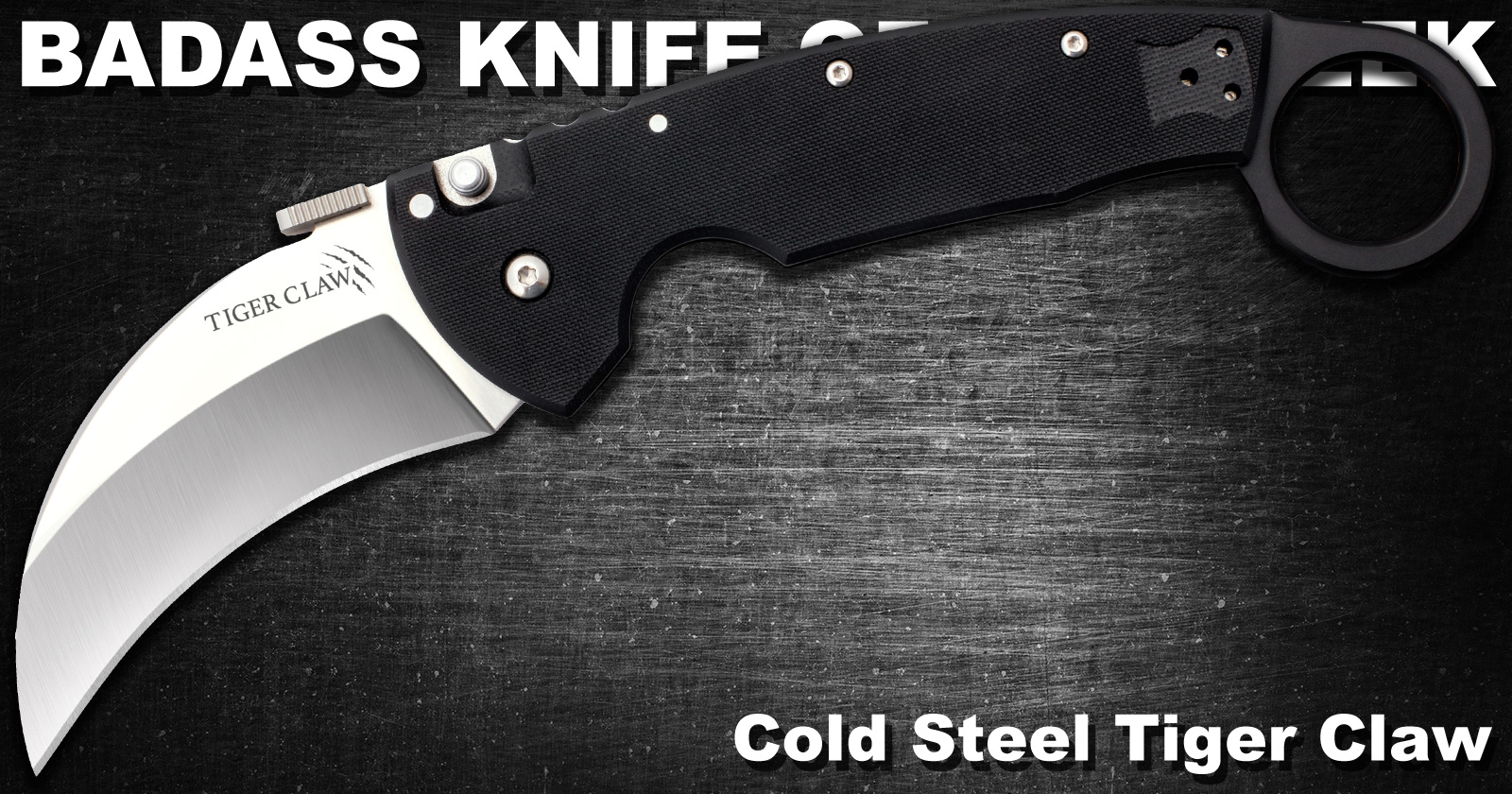It’s a new year and that means a host of new knives will soon be available. Some companies like Spyderco and CRKT announced their new lineup in 2017, but Benchmade just released its 2018 catalog with some of the new knives.
As always expect even more new knives from Benchmade and other companies at SHOT Show in February.
Until then, take a look at these new models for 2018. MSRP $225
Benchmade Altitude
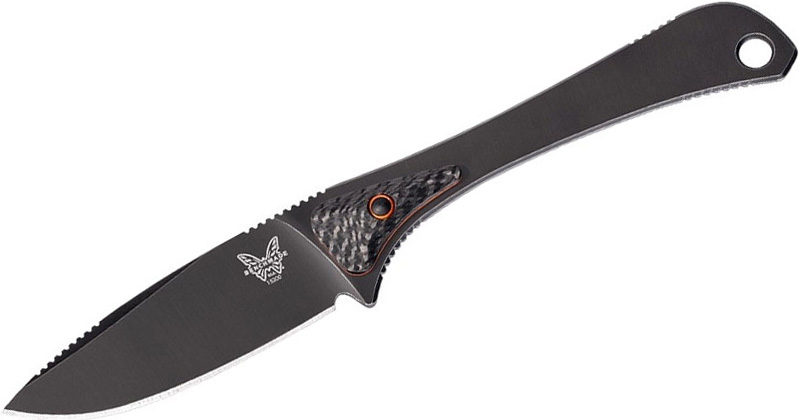
The Altitude is designed to be a lightweight hunting knife for outdoor use that appears to be part of Benchmade’s Hunt Series. For the most part, the knife is very minimalistic with a slim skeletonized handle. The handle does feature carbon fiber microscales, however.
Like the other knives in the Hunt Series, the Altitude uses S90V steel and comes with diamond-like carbon coating. It only weighs 1.6 ounces and also comes in orange. MSRP $230
Benchmade Fact
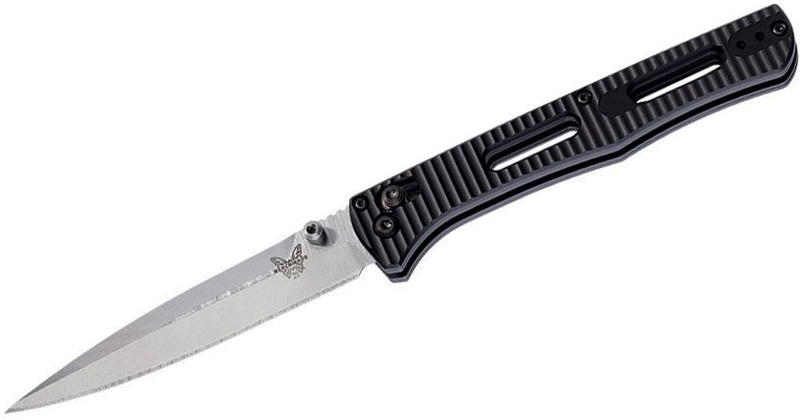
The Fact is another slim, minimalistic design that Benchmade calls a “minimalist masterpiece.” It has a slender S30V steel blade that’s a lengthy 3.95 inches. The handle is black anodized 6061-T6 billet aluminum. This almost reminds me of a Cold Steel.
Benchmade Follow-Up
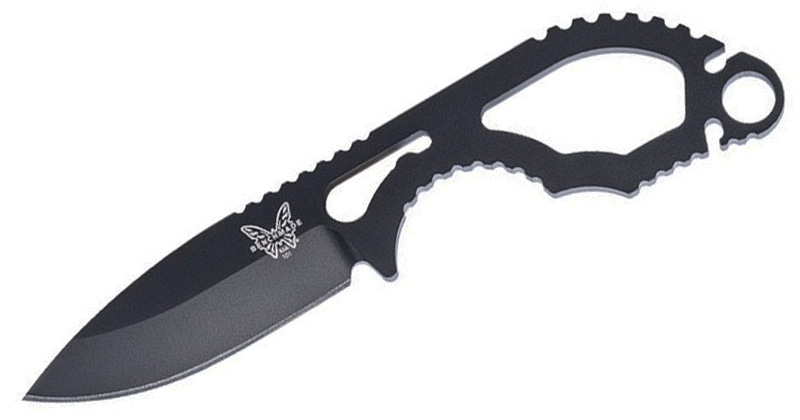
From the first three new knives (put in alphabetical order coincidentally), you’ll notice the theme is minimalism. This little guy has a 2.6-inch blade with S30V steel and a skeletonized handle as well.
